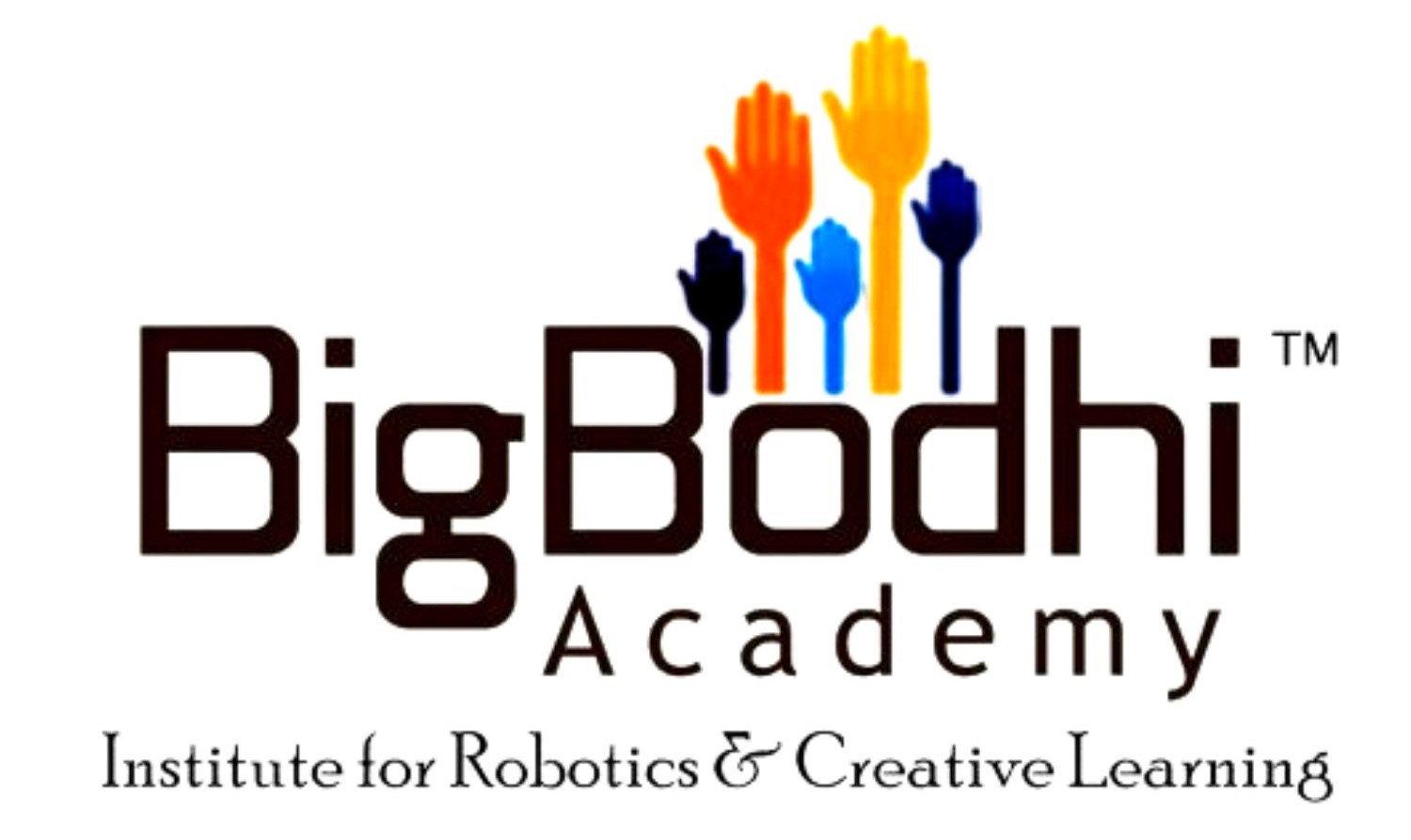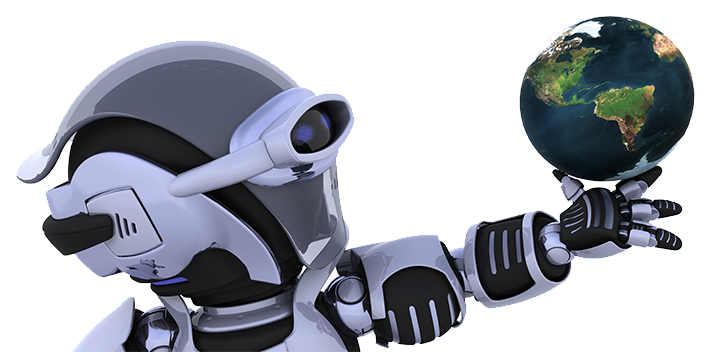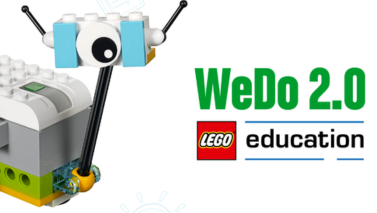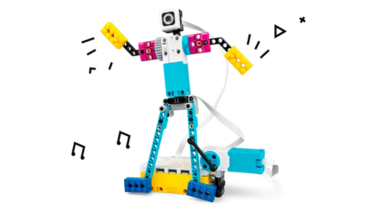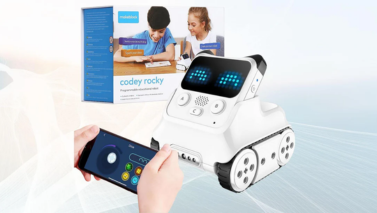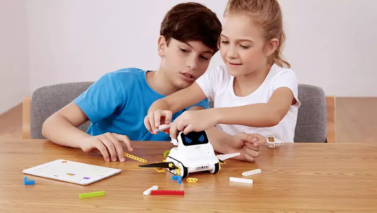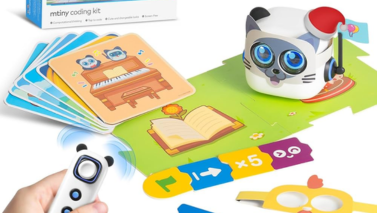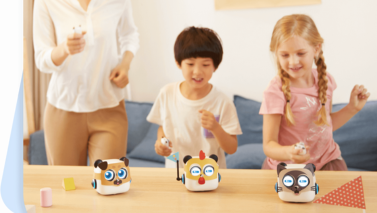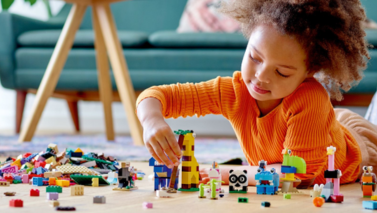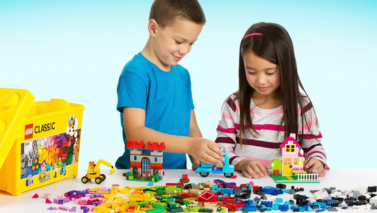What is it?
Lego WeDo is an educational robotics kit designed for young learners aged 6–8. It combines Lego bricks, sensors, and motors to build simple robots that can move and respond to inputs. Users program these robots through block-based coding using the WeDo app. The kit offers engaging projects focused on engineering, technology, and science concepts. It fosters hands-on learning with a playful approach to robotics.
